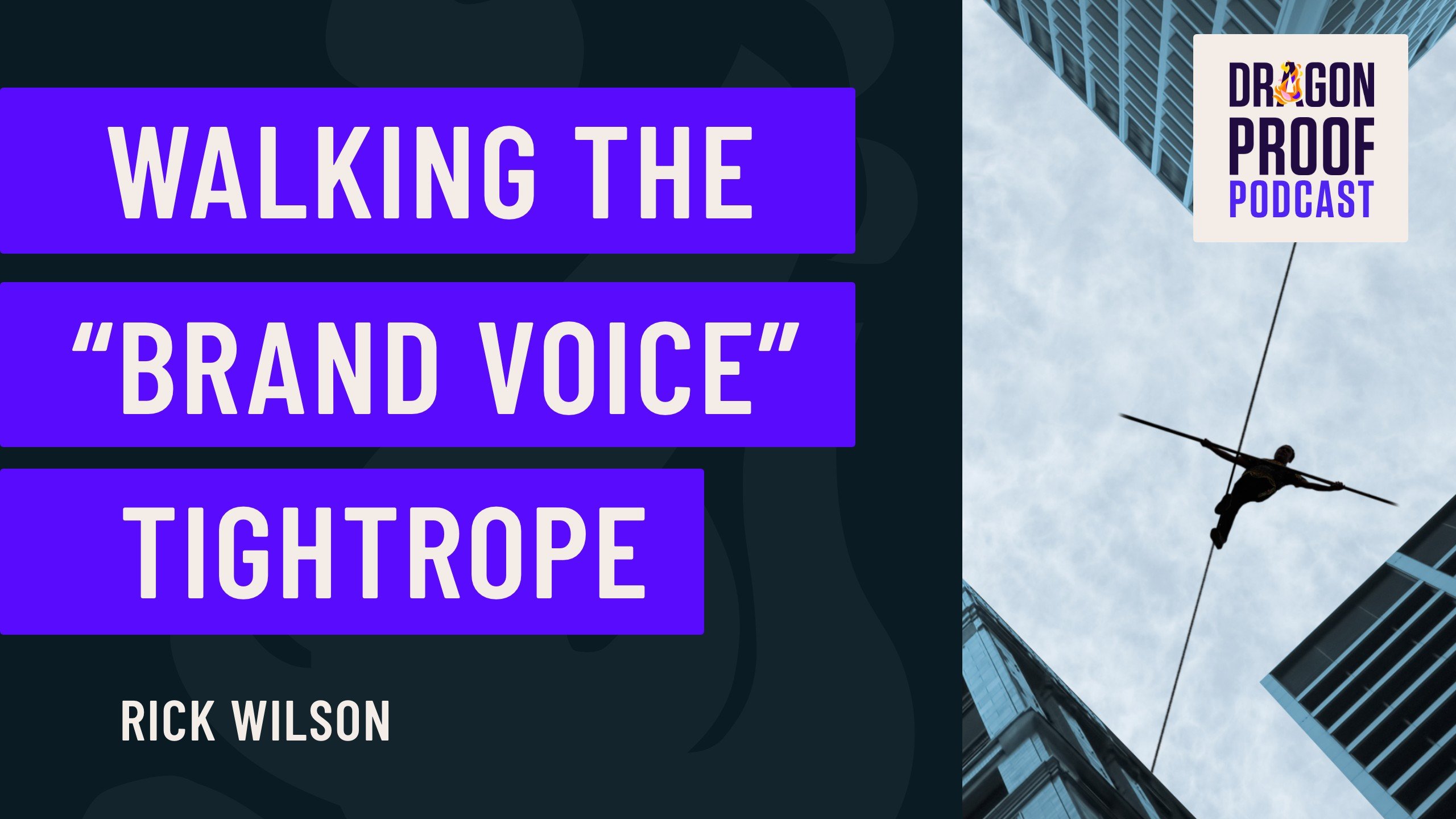By Miva | December 7, 2021

See why top ecommerce brands use Miva’s no-code platform to run
multiple stores, manage massive catalogs, and grow their revenue.
In 2021, 92% of companies with more than 100 employees used some form of social media marketing. The total digitalization of business communication throughout the 2000s has been so profound that stats like these seem obvious, but they also suggest an enormous new challenge for sellers. How to use “brand voice” has become a central concern for all businesses, even those which are not primarily ecommerce-based.
30 years ago, most SMBs divided their ad spend among print publications, local tv and radio, and direct mailers. The “voice” of the company might be conveyed via an occasional press conference, or perhaps a statement issued by the CEO. Today, every business leader is tasked with managing a complicated public presence for their brand. The relentless news cycle of recent years has only served to dramatically complicate the issue. On the new Dragonproof Podcast, Rick Wilson identifies 3 core principles which are essential for successful modern brand communication and lays out a formula for how to approach it sustainably.
Quite literally, brand messaging of any kind now sits alongside all sorts of other commercial and non-commercial content, most of it generated by others. Even if a brand never comments whatsoever on politics or social issues, simply participating on social media platforms at all can place a company into a very contentious environment.
“It can be a fearful thing,” Rick says, “for a business person to put themselves on the line. Historically this fear led brands to lean into societal biases of a given era. Now, much of our communication is about exploding those biases to find common ground with more customers from all walks of life.”
Effective brand communication on the Twitter of 2021 is less about defining a specific political identity, and more about acknowledging the interconnectedness of a seller’s concerns with the larger concerns of society at that time. There is no separating them.
“Let me pose a simple question to you,” Rick asks. “Should a brand like Kleenex have an opinion on complex geopolitics? Would such an opinion have any impact upon how soft a Kleenex is on my nose?”
When a brand posts, emails, or advertises, every aspect of that communication should relate to the purpose of the brand, and the way the brand’s products interact with workers and customers. Is there an organic connection between the company and the subject it is sounding off on? This is a simple barometer of whether or not to participate in the conversation. Otherwise, communication might be read as cynical, manipulative, or irrelevant.
“It makes sense for a brand like Patagonia to incorporate public land conservation content into official messaging, because Patagonia customers use their products when exploring parks and wilderness,” Rick says. “It's relevant to their brand identity to have opinions on those issues.”
“Brand voice” usually describes a social media and marketing presence, but Rick points out that healthy internal communication is even more important for the success of a business. Many recent scandals around toxic work culture often connect to the state of internal dialogue, such as Basecamp’s well-publicized crisis around banning certain kinds of chat among workers.
An effective internal brand voice shouldn’t stifle expression, but work to ensure that employees are aware of and in tune with a company’s core philosophy and purpose.
“Start with how you communicate to your employees, how you interact with your coworkers, before it ever leaves the building,” Rick advises. “This should be the soil with which your culture grows.”
A sustainable approach to using brand voice weaves together all three basic concepts: awareness of the larger communication environment on social media platforms, tuning participation there to be relevant to a brand’s business activities, and a prioritization of heathy internal communication.
“If you're talking about something that you care about, which is broadly applicable to the thing your brand does, and helps you focus on serving your customers better, ” Rick concludes, “your words will feel sincere to your audience, and you can take bold, powerful stances which truly enhance your brand.”
For more insight about how to build a communication strategy for 2022, please visit the Dragonproof Ecommerce website.
Back to topNo worries, download the PDF version now and enjoy your reading later...
Download PDF Miva
Miva
Miva offers a flexible and adaptable ecommerce platform that evolves with businesses and allows them to drive sales, maximize average order value, cut overhead costs, and increase revenue. Miva has been helping businesses realize their ecommerce potential for over 20 years and empowering retail, wholesale, and direct-to-consumer sellers across all industries to transform their business through ecommerce.
Visit Website